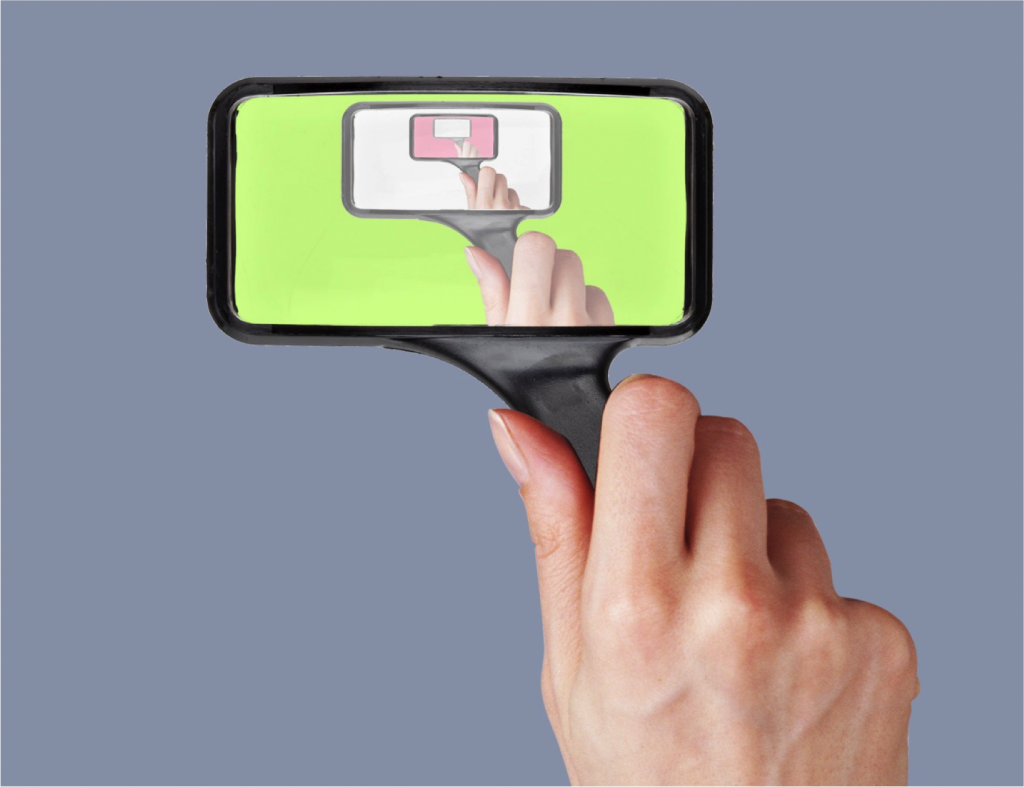Reading Between the Lines: Dr. Claire Ahn

[How] do we define what deceptive media is, or is it even necessary? Is it not more plausible, and thus more productive to ask that people be more critical? To guide students to confidently engage with defective media rather than warning them to avoid it?
Dr. Claire Ahn, Assistant Professor of Multiliteracies at Queen’s University and former English Language Arts secondary school teacher, has had a long-standing interest in multiliteracies. Multiliteracies refers to a paradigm shift within literacy studies that occurred in the late 90s in response to the rise of digital reading environments – literacy, these academics argued, no longer accurately reflected the complexity of making sense of multi-modal texts. Dr. Ahn’s research has been centred on multiliteracies for a while – her doctorate dealt with visual rhetoric and environmentalism – but it has become even more topical with the rise of deceptive media, an umbrella term that includes “fake news.” The depiction of social justice issues across different media platforms has also been flagged by Dr. Ahn as a concern. Even so, Ahn cautions against blaming technology and instead argues that this deceptive media should be an issue for educators, who must first re-examine their own relationships to different types of media.
To find out more about Dr. Ahn, visit her website. She also runs a blog on Deceptive Media.